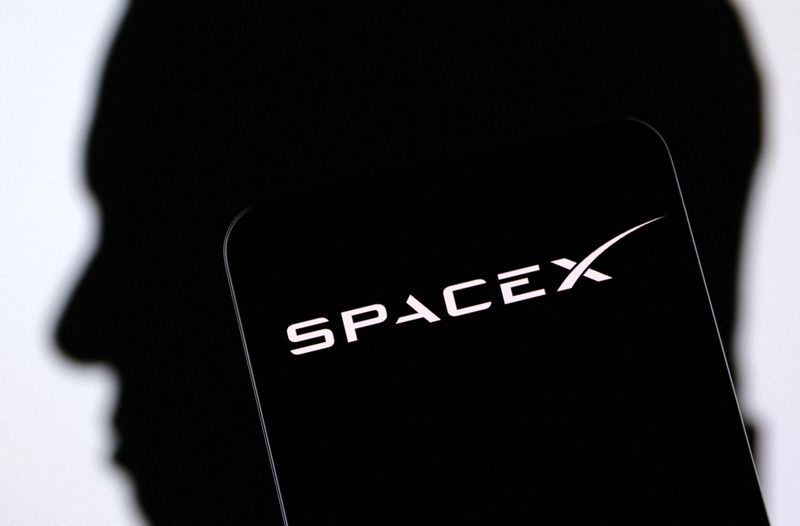By David Shepardson and Marisa Taylor
WASHINGTON (Reuters) – The Federal Aviation Administration could approve a license for the launch of SpaceX’s Starship 5 as soon as this month, a source told Reuters on Tuesday.
Last month, the FAA said it did not expect a determination on a license before late November. SpaceX said on social media late on Monday that Starship’s fifth flight test could launch as soon as Oct. 13, pending regulatory approval.
The FAA, which has repeatedly said it did not expect to decide on a license until late November, on Tuesday only said it continues to review the proposed mission and would make a decision “once SpaceX has met all licensing requirements.” It made no mention of the November timeframe.
SpaceX CEO Elon Musk has harshly criticized the FAA, including for proposing a $633,000 fine against SpaceX over launch issues and for the delay in approving the license for Starship 5, which the company says has been ready to launch since August.
Musk has called for the resignation of FAA Administrator Mike Whitaker and threatened to sue the agency.
SpaceX suggested last month the delay in FAA approval was over “superfluous environmental analysis”
Whitaker faced questions at a congressional hearing last month about the delay and responded that SpaceX had failed to complete a timely sonic boom analysis for the Starship 5 launch.
“The delay of the Starship (launch) had to do with SpaceX filing an application and not disclosing that they were in violation of Texas and federal law on some matters, and that’s a requirement to get a permit,” Whitaker said.
In an email invitation to VIP guests seen by Reuters, SpaceX said it is targeting the launch for Sunday. The invitation added “as with any test, there is a chance we don’t launch on the first attempt.”
On Sunday, the FAA said SpaceX’s workhorse Falcon 9 rocket could return to flight for a mission on Monday for the European Space Agency’s Hera spacecraft from Florida.
The FAA on Sept. 30 said SpaceX must investigate why the second stage of its Falcon 9 malfunctioned after a NASA astronaut mission, grounding the launch vehicle for the third time in three months.

